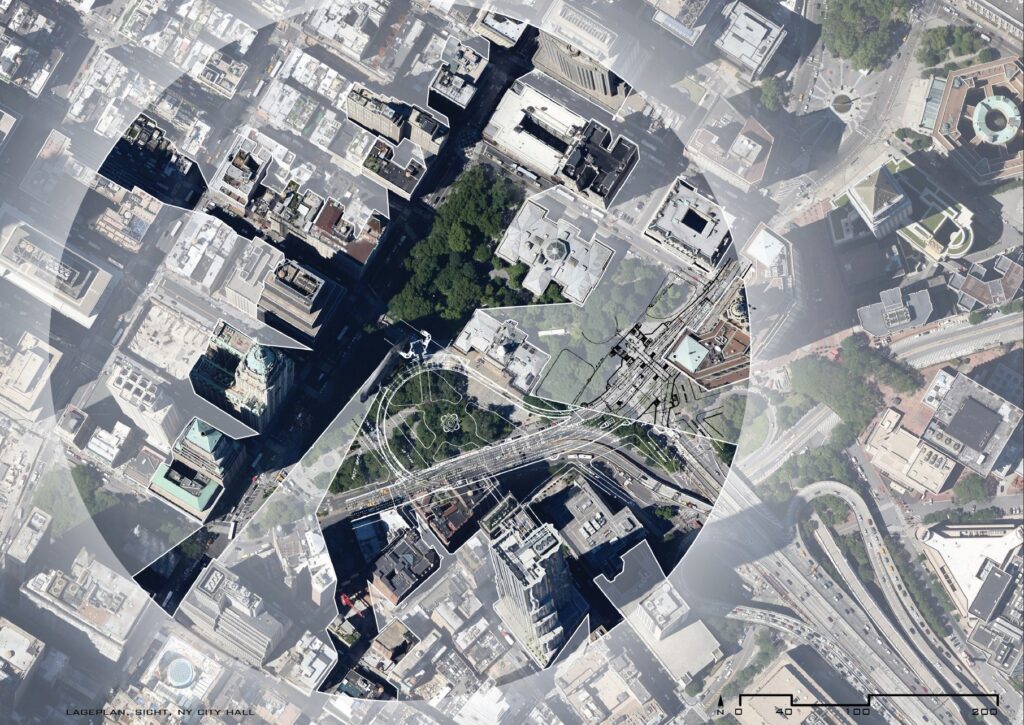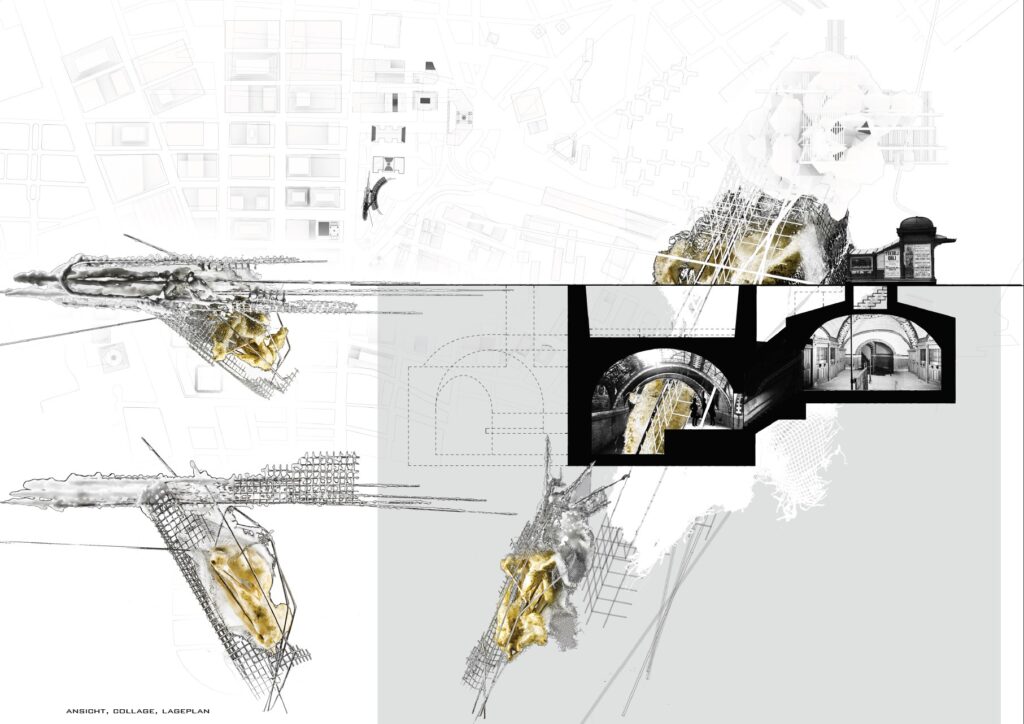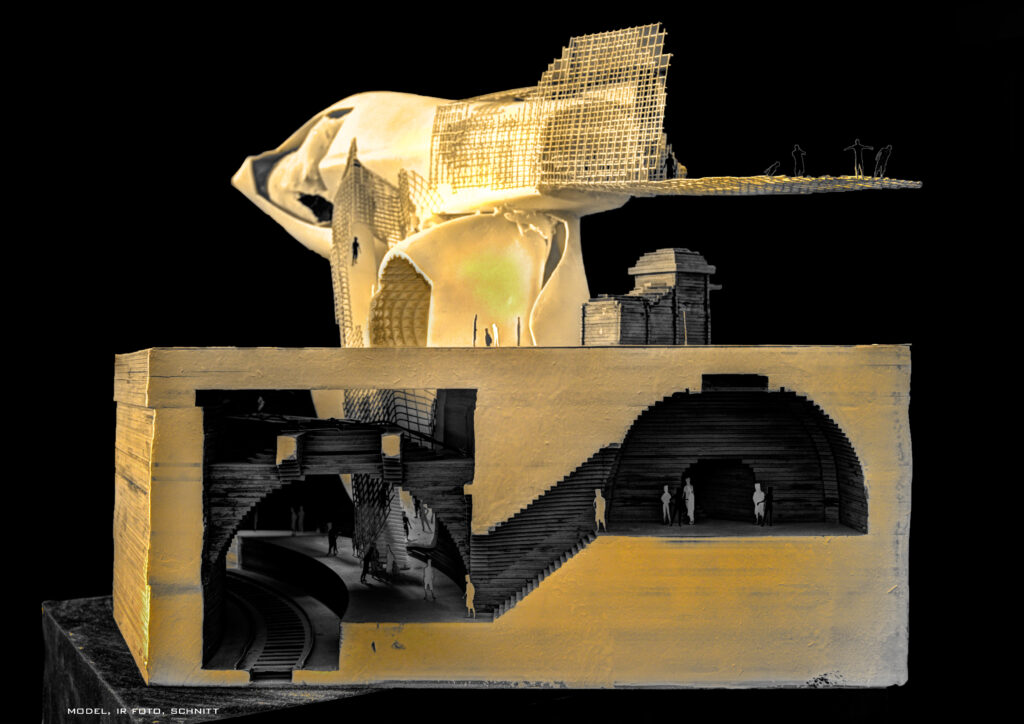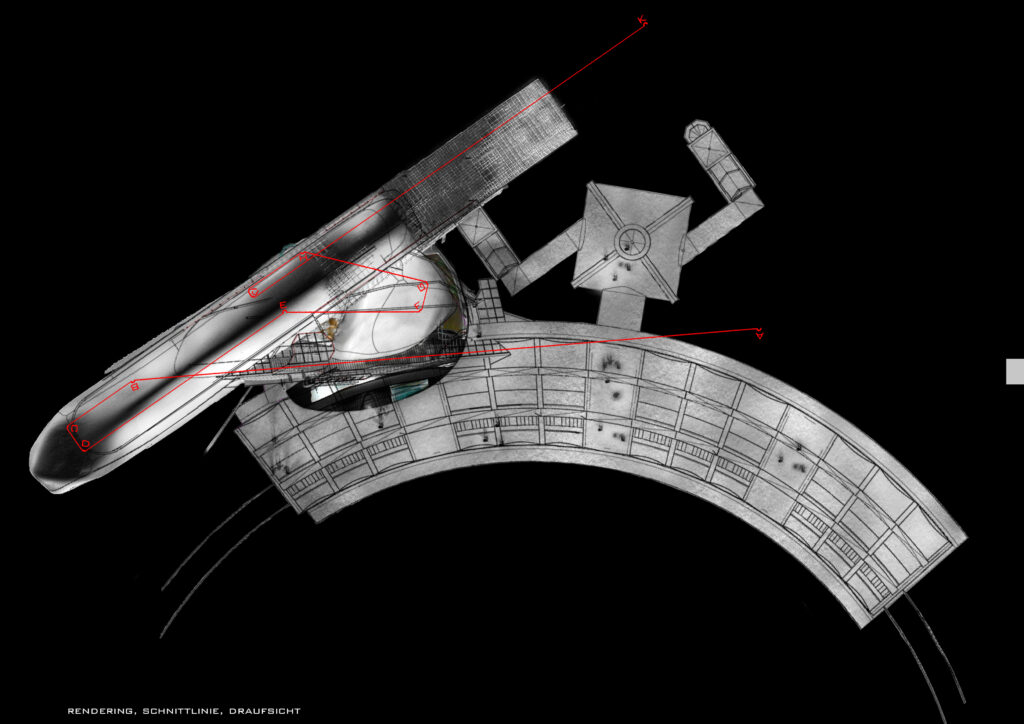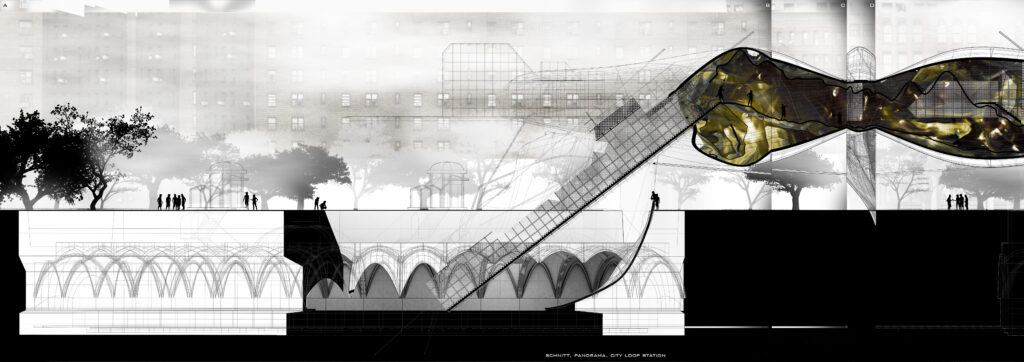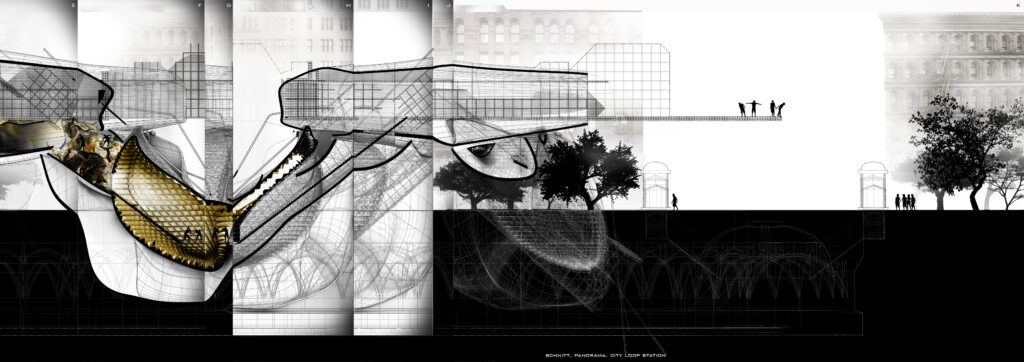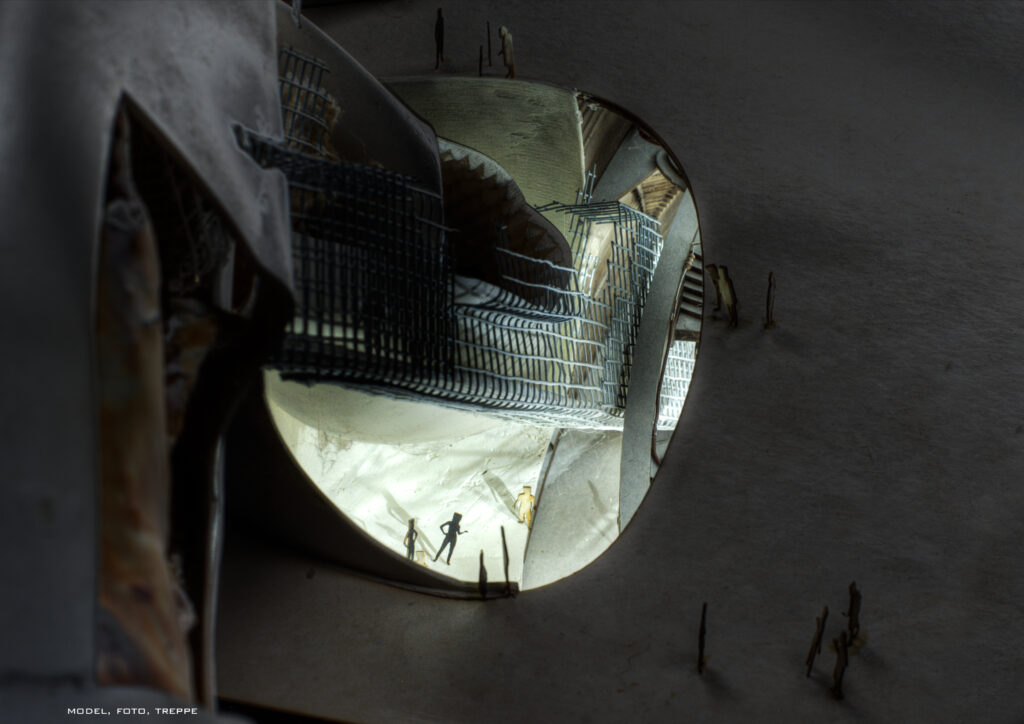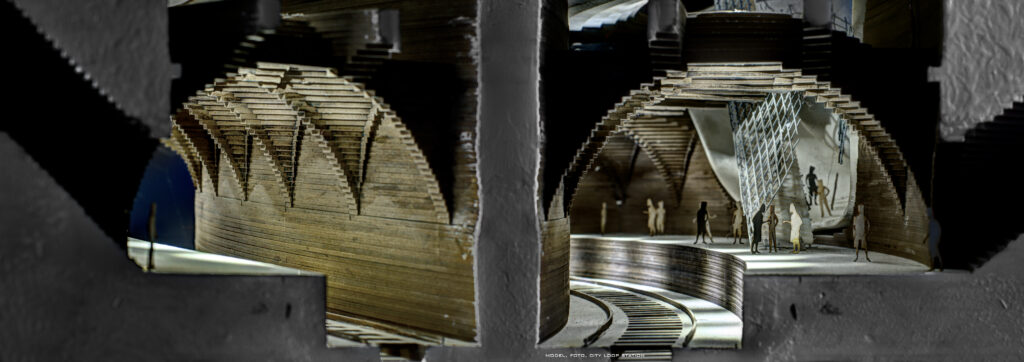
Many languages are centered around the perception of objects. We learn to communicate by describing the properties and states of our surroundings. This approach of describing a moment allows for endless possibilities in conveying the atmosphere. However, in striving for precision, we might lose the essence that lies in the untold or the unspoken. When we speak, we describe objects and images rather than experiences and impressions. To fully communicate these, we often require the assistance of other senses to perceive the full spectrum of shared information.
In Borges’ story “Tlön, Uqbar, Orbis Tertius,” he describes a world that takes a different approach. Instead of communicating through objects and images, the people of Tlön communicate through processes. Their language contains only verbs, which allows them to perceive events as continuous actions rather than static shapes. There is no “moon” in Tlön; instead, there is “mooning”—the process of the moon rising, setting, and the myriad of moments perceived throughout this progression. By focusing on the stream of actions, they perceive not just a river but its constant flow, the breath of its movement, the reflections on its surface, and the atmosphere that overwhelms the imagination. The language is not precise, but it is immersive—offering a concentrated experience in which one dissolves completely.
City Loop Station is a lost and forgotten station in New York City, located beneath the old City Hall. In the world of Tlön, forgotten things cease to exist. This project is a perceptual experiment, where instead of describing shapes, I transform the impression of the station into experiences and merge them with their original form to create something new. The feeling of the breeze on the skin, the descent into silent darkness, lights shimmering and reflecting on surfaces, rails disappearing into shadow, and the constant hum followed by the cacophony of passing trains—all contribute to an overarching experience. These impressions are then morphed into form and shape.
The final result becomes a monument to its own experience, accessible only through the original station. It contains rooms designed to appeal to different senses—a closed loop, a process experienced in one direction. Like a film, or like real life, it unfolds as a journey.

